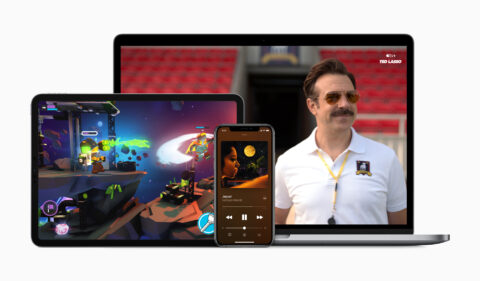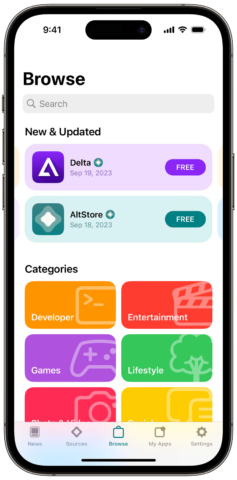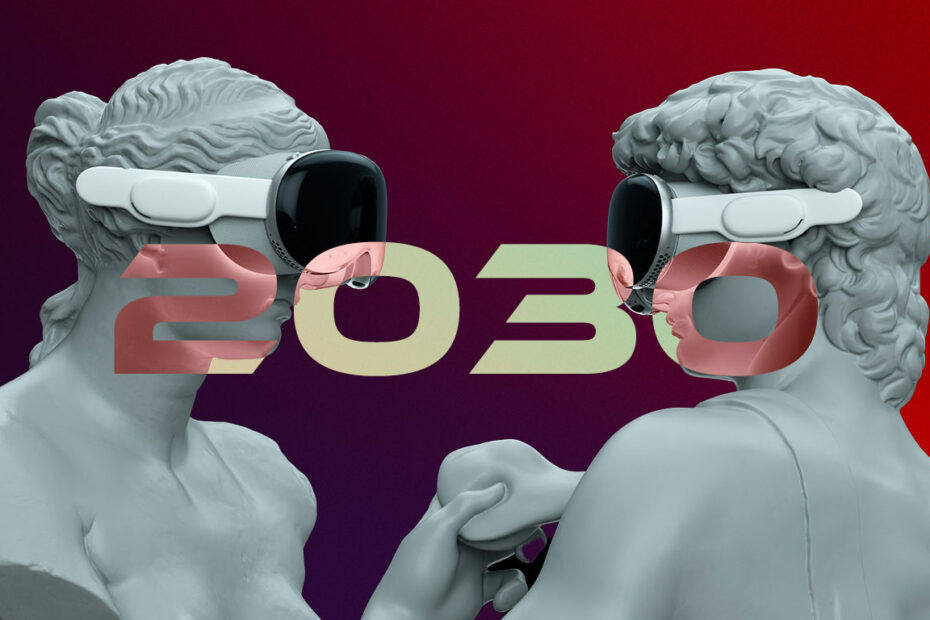A trend towards ‘invisible’ hardware, tackling a changing world, and the onset of AI will all impact on the iPhone maker
Predicting the future is a fool‘s errand – especially when it comes to Apple. If you were an Apple user in 1997, you probably – with good reason – didn’t think the company would reach 1999. Yet even when the iPod later reigned supreme, you wouldn’t have guessed the behemoth Apple would become during subsequent years, fueled by the success of the iPhone.
But we’re going to do the prediction thing anyway. If nothing else, it seems apt during another period in which Apple faces a host of challenges – even if we’re a long way from the kind of doom spiral that afflicted the company throughout the 1990s. However, rather than solely forecast where Apple might head next, based on current speculation and historical precedent, we’re going to mix in a dash of where we’d like Apple to be at the start of the next decade.
We’ll meet you back here in 2030 to see how much we got right.

Will Apple get Siri-ous by 2030?
A superior Siri
There are two trains of thought regarding Siri. The first is that it’s a reasonably dependable voice assistant for doing very specific things. The second is it’s failed to live up to its original promise, with other voice assistants blazing past. But because people increasingly expect more responsive and ‘human’ devices, we reckon the Apple of 2030 will have massively overhauled Siri, to make it more conversational and add to its utility, albeit in a manner that balances immediacy and privacy.
Baked-in automation
AI is the new black. Or something. It’s certainly where much of the excitement is in tech, with an assumption it will become so dominant people will rarely have to lift a finger to do anything in future. Whether they like it or not. Chances are, the reality won’t match those lofty expectations, but Apple will doubtless increasingly have you prioritize the most meaningful interactions with your devices, wherever possible replacing busywork and unnecessary manual grind with automation and recommendations.

Expect more services to boost Apple revenue.
A shift to services
The market expects endless, massive growth. And that’s unlikely to change, because capitalism. With the iPhone market increasingly close to saturation, that leaves services as the main driver of growth for Apple. This might result in more robust services, an increase in hardware subscriptions, and Apple expanding its reach in health. But the Apple of 2030 may equally stuff experiences with ads and upsell subscriptions to monetize everything it possibly can, along with regularly ramping up prices, justifying its stance on the basis it’s ‘less bad’ than the competition.
One device to rule them all?
The iPhone was an example of convergence – a phone, a widescreen iPod and a web browser. Apple Vision Pro echoes this, in being a device aiming to replace Macs and screens. By 2030, this could coalesce into one Apple device you use as a hub for everything, with displays, earphones and connected smart glasses and home kit being context-appropriate gateways to information, files and media. However, that device is as likely to be iPhone 22 as a Vision Pro 4, given that hugely powerful and super-skinny smart glasses with day-long battery life will even six years into our future remain pure science fiction.

AltStore, leading the charge for third-party app stores.
A more open app ecosystem
Apple’s walled garden is being dismantled one brick at a time. The company is fighting by effectively splitting the App Store into multiple regional stores, each with their own rules, regulations and submission policies. This is not sustainable, and the trend is – albeit painfully slowly – toward more openness. This is good. A thirst for new and interesting use cases should boost Apple hardware, and once even an iPhone is capable of anything – rather than limited to ‘anything Apple deems acceptable on a phone’ – because more types of app are permitted, that will benefit creators and consumers alike.
Increasingly invisible tech
Ex-Apple design guru Jony Ive was obsessed with the idea tech should be ‘invisible’. Although he often executed that by making devices that were unnecessarily thin. Still, tech advances should allow for devices to become lighter and easier to stash. But also, the cloud’s dominance will grow to the point it will require manual information for any of your data to not be there. 2030’s Apple will therefore have a huge responsibility for safeguarding every facet of your digital existence. But the 2030 Apple user will benefit from being able to access their online selves more seamlessly, in a manner that should – but doesn’t quite – exist today.

Expect more climate initiatives from Apple as we head toward 2030.
Global concerns
The tech industry doesn’t exist in a vacuum. Increasingly, it has to grapple with geopolitics and climate change. On the latter, Apple in 2020 committed to being carbon neutral by 2030, and we expect that to happen – although pay a close eye to how this is implemented. Expect stories about carbon offsets and greenwashing to dent Apple’s success. On geopolitics, we hope Apple will by 2030 be smart rather than combative regarding regulation (learning from its losses as Microsoft did), and be less reliant on China for manufacturing, lessening the hold that country has over the company.
Innovation versus doom-mongers
Apple is by various metrics one of the very biggest companies in the world. And although its star might fade, there’s no reason to think the Apple of 2030 won’t be an industry giant. In either case, there is one prediction we can make with absolute certainty: tech pundits will somehow still consider Apple beleaguered and doomed to various degrees, no matter what it does. Because while the iterations of Apple from 1976, 1984, 1996, 2001 and today are unrecognizable from each other, some things in the tech world truly never change.

